Home>Gardening & Outdoor>Landscaping Ideas>What Kind Of Sand To Put On Grass
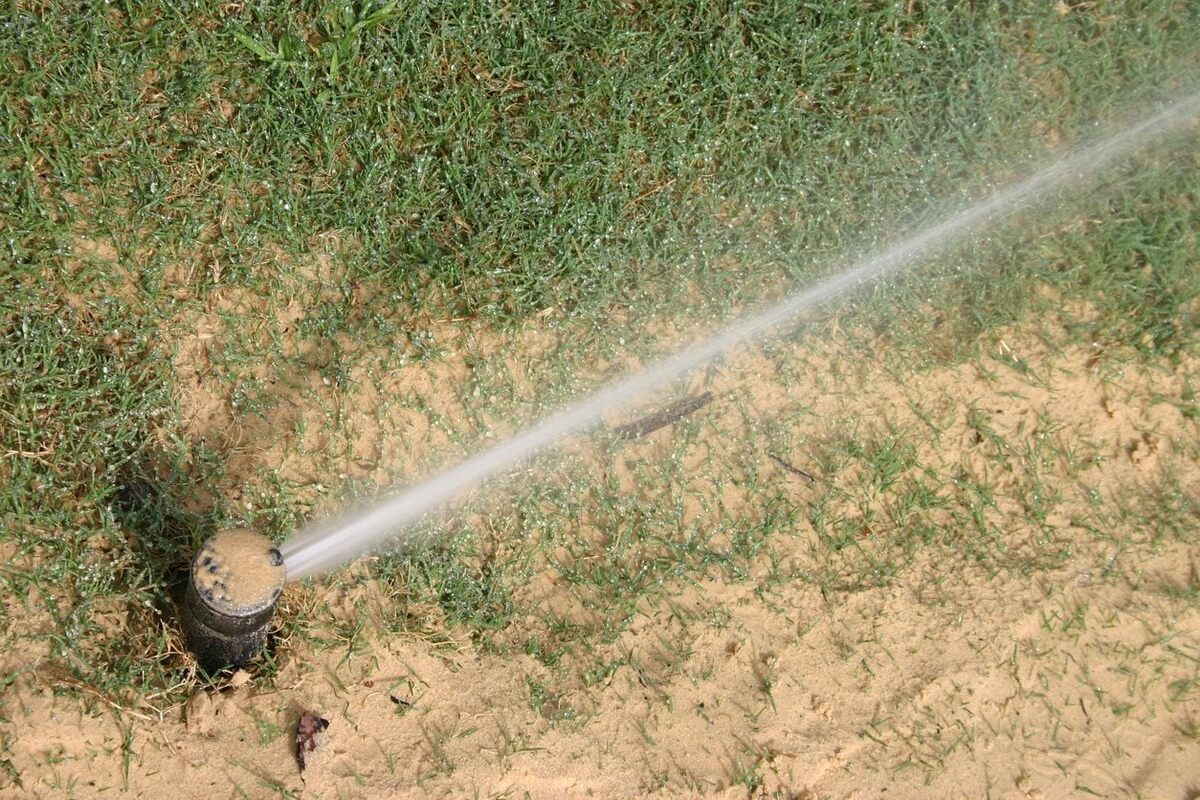

Landscaping Ideas
What Kind Of Sand To Put On Grass
Modified: March 24, 2024
Discover the best landscaping ideas for your grass with the right kind of sand. Improve your outdoor space with expert tips and advice.
(Many of the links in this article redirect to a specific reviewed product. Your purchase of these products through affiliate links helps to generate commission for Storables.com, at no extra cost. Learn more)
Introduction
When it comes to maintaining a lush and healthy lawn, the use of sand can be a game-changer. Whether you’re looking to improve drainage, level uneven areas, or enhance the soil structure, incorporating sand into your lawn care routine can yield remarkable results. In this comprehensive guide, we’ll explore the benefits of using sand on grass, the various types of sand suitable for this purpose, the best practices for application, and essential precautions to consider. By the end of this article, you’ll have a clear understanding of how to effectively utilize sand to promote the vitality and beauty of your lawn.
Key Takeaways:
- Sand can improve grass by enhancing drainage, leveling uneven surfaces, and promoting healthier root development. It’s like giving your lawn a refreshing drink and a spa day at the same time!
- Choosing the right type of sand and applying it carefully can make a big difference. It’s like picking the perfect ingredients for a recipe and following the instructions to create a beautiful and resilient lawn.
Read more: What Sand To Put On Top Of Artificial Grass
Benefits of Using Sand on Grass
Integrating sand into your lawn maintenance regimen offers a multitude of benefits that can significantly enhance the overall health and aesthetics of your grassy expanse.
- Improved Drainage: One of the key advantages of using sand on grass is its ability to enhance drainage. By incorporating sand into the soil, you can mitigate issues related to waterlogging and promote better water infiltration, which is especially beneficial in areas prone to heavy rainfall or excessive irrigation.
- Enhanced Aeration: Sand helps to loosen compacted soil, facilitating improved air circulation and nutrient absorption for the grass roots. This aeration promotes healthier root development and overall turf vigor.
- Leveling Uneven Surfaces: Uneven or bumpy lawns can detract from the visual appeal and functionality of outdoor spaces. Sand can be used to level out these irregularities, providing a smoother and more uniform surface for recreational activities and mowing.
- Soil Amendment: Incorporating sand into the soil can improve its structure, particularly in clay-heavy or dense soils. This amendment enhances the soil’s ability to retain moisture and nutrients while preventing compaction.
- Thatch Reduction: Over time, lawns can accumulate a layer of thatch, which consists of dead grass and organic matter. Sand topdressing can help break down thatch, promoting its decomposition and reducing the risk of thatch buildup.
By leveraging these benefits, you can foster a healthier, more resilient lawn that is better equipped to withstand environmental stressors and maintain its lush, vibrant appearance throughout the seasons.
Types of Sand for Grass
Not all sands are created equal, and choosing the right type for your grass is crucial to achieving optimal results. When selecting sand for your lawn, consider the following varieties, each offering unique properties suited to specific applications:
- Sharp Sand: Also known as coarse sand, this type of sand features larger particles and is ideal for improving drainage and aeration. Its gritty texture promotes water percolation and helps prevent compaction, making it an excellent choice for addressing waterlogged areas and compacted soils.
- Silver Sand: With its fine, granular composition, silver sand is well-suited for topdressing and leveling uneven surfaces. This type of sand can be used to fill in low spots, create a smooth lawn surface, and promote a more uniform grass height during mowing.
- Play Sand: Often utilized in children’s play areas and sandboxes, play sand is finely graded and free of impurities. While not typically used for large-scale lawn applications, it can be employed for minor leveling and aesthetic touch-ups in smaller lawn areas.
- Builder’s Sand: This versatile sand type is commonly employed in construction and landscaping projects. It can be utilized for improving soil structure, enhancing drainage, and leveling uneven terrain, making it a valuable option for addressing various lawn-related concerns.
- Lawn Sand: Specifically formulated for turf applications, lawn sand is a blend of sand, iron sulfate, and ammonium sulfate. It serves as a multi-functional product, aiding in weed control, moss suppression, and the promotion of healthy grass growth when applied according to manufacturer guidelines.
By understanding the distinct characteristics of these sand varieties, you can make an informed decision based on your specific lawn care needs, ultimately optimizing the efficacy of sand application for your grassy landscape.
Use coarse sand with a particle size of 1/16 to 2mm. Avoid fine sand as it can compact and suffocate the grass. Spread a thin layer evenly over the grass to improve drainage and reduce compaction.
How to Apply Sand on Grass
Applying sand to your grass involves a systematic process that, when executed properly, can yield transformative results for your lawn’s health and appearance. Here’s a step-by-step guide to effectively applying sand on grass:
- Assess the Lawn: Begin by evaluating your lawn to identify areas that may benefit from sand application, such as spots with poor drainage, uneven terrain, or compacted soil.
- Prepare the Area: Clear the designated areas of debris, thatch, and any obstructions to ensure a clean surface for the sand application. Mow the grass to a suitable height, allowing the sand to reach the soil more effectively.
- Spread the Sand: Using a shovel, spread the selected sand evenly across the targeted areas. For larger areas, a lawn spreader can facilitate a more uniform distribution of the sand.
- Work the Sand into the Soil: Once the sand is spread, use a rake to gently work it into the grass and soil. This process aids in incorporating the sand into the upper soil layers, promoting improved drainage and aeration.
- Water the Lawn: After applying the sand, thoroughly water the treated areas to help settle the sand and encourage its integration into the soil. Adequate watering also aids in preventing the sand from being blown or washed away.
- Monitor and Maintain: Regularly monitor the treated areas to assess the impact of the sand application. Over time, observe the lawn’s response to the sand, making adjustments as needed to address any remaining issues or to maintain the desired lawn aesthetics.
By following these steps, you can effectively introduce sand into your lawn care routine, addressing specific concerns and nurturing a healthier, more resilient grassy landscape.
Precautions and Considerations
While the application of sand on grass can yield numerous benefits, it’s essential to approach this process with careful consideration and attention to potential precautions. Here are key factors to bear in mind when using sand on your lawn:
- Soil Testing: Before applying sand, consider conducting a soil test to assess its composition and identify any existing nutrient deficiencies or pH imbalances. This insight can inform the sand application process and help determine if additional soil amendments are necessary.
- Proper Sand Selection: Ensure that the sand chosen for your lawn aligns with its specific needs, such as improved drainage, leveling, or aeration. Selecting the appropriate sand type can maximize its effectiveness and minimize the risk of unintended consequences.
- Application Timing: Be mindful of the timing when applying sand, aiming for periods with favorable weather conditions. Avoid applications during excessively wet or dry periods, as these can impede the sand’s integration into the soil or lead to uneven distribution.
- Environmental Impact: Consider the potential environmental impact of sand application, particularly in terms of runoff and water quality. Take measures to prevent sand from entering water bodies and adhere to local regulations regarding landscaping practices.
- Proper Disposal of Debris: When preparing the lawn for sand application, ensure that any debris or thatch removed from the surface is appropriately disposed of, minimizing the risk of potential recontamination or interference with the sand’s integration into the soil.
- Professional Consultation: For complex or extensive lawn issues, consider seeking guidance from landscaping professionals or agronomists. Their expertise can provide valuable insights into the most effective approaches for utilizing sand and addressing specific lawn challenges.
By taking these precautions and considerations into account, you can ensure that the application of sand on your grass is conducted thoughtfully and responsibly, maximizing the benefits while mitigating potential risks.
Read more: What Kind Of Sand For Kids’ Play Area?
Conclusion
Integrating sand into your lawn care practices can serve as a transformative strategy for promoting the health, resilience, and visual appeal of your grassy landscape. By leveraging the benefits of improved drainage, enhanced aeration, and soil amendment, as well as the versatility of various sand types, you can address common lawn issues and nurture a thriving, vibrant lawn.
When applying sand on grass, it’s essential to approach the process with careful consideration, taking into account factors such as soil testing, proper sand selection, and environmental impact. By adhering to best practices and seeking professional guidance when needed, you can ensure that the application of sand is conducted thoughtfully and responsibly, maximizing its positive impact on your lawn.
Whether you’re aiming to level uneven surfaces, improve soil structure, or enhance drainage, the strategic use of sand offers a versatile and effective solution for a wide range of lawn care challenges. By following the recommended application techniques and considering essential precautions, you can harness the potential of sand to cultivate a lush, resilient lawn that serves as a source of pride and enjoyment for your outdoor space.
With a holistic approach to lawn maintenance, incorporating sand as a valuable tool in your landscaping arsenal can yield enduring benefits, fostering a thriving and picturesque grassy expanse for years to come.
Frequently Asked Questions about What Kind Of Sand To Put On Grass
Was this page helpful?
At Storables.com, we guarantee accurate and reliable information. Our content, validated by Expert Board Contributors, is crafted following stringent Editorial Policies. We're committed to providing you with well-researched, expert-backed insights for all your informational needs.
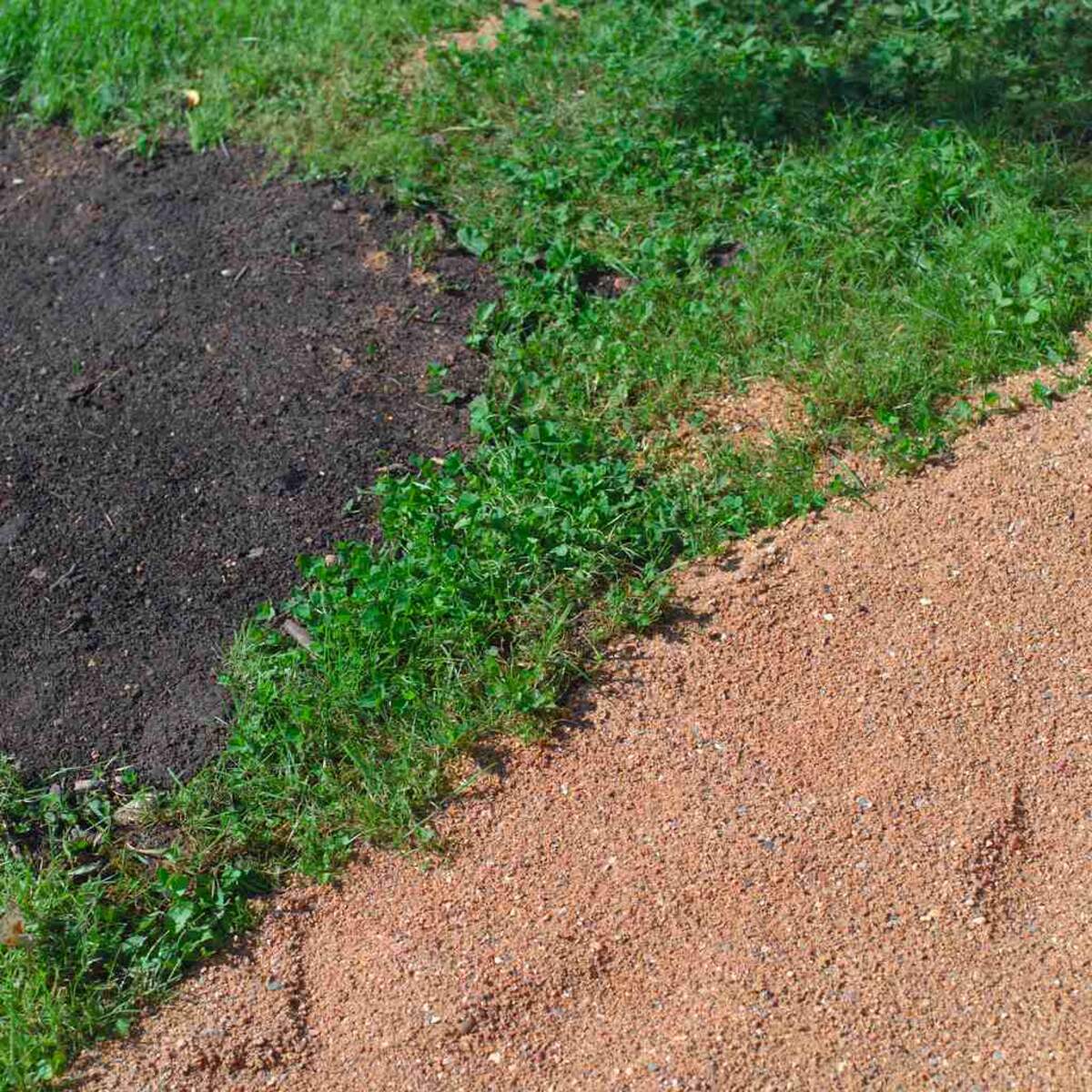
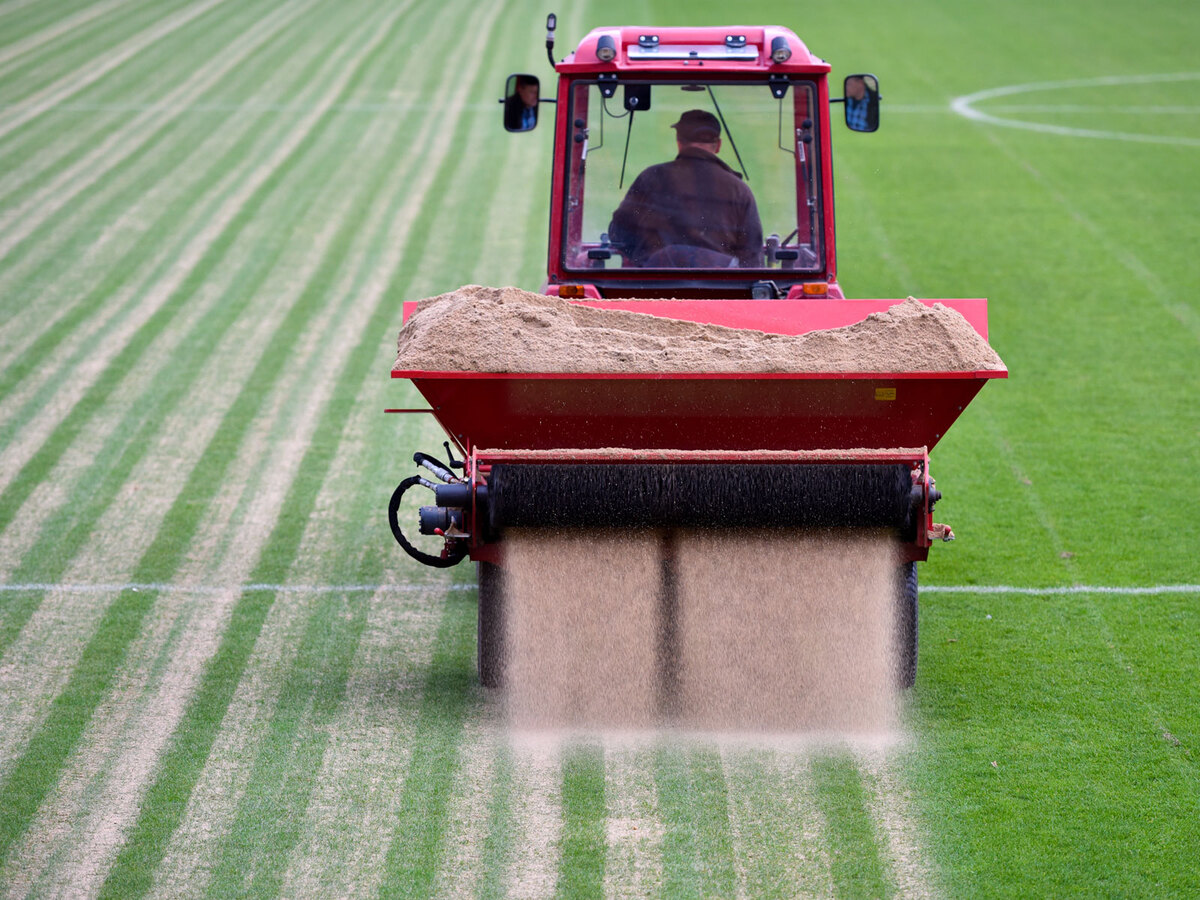
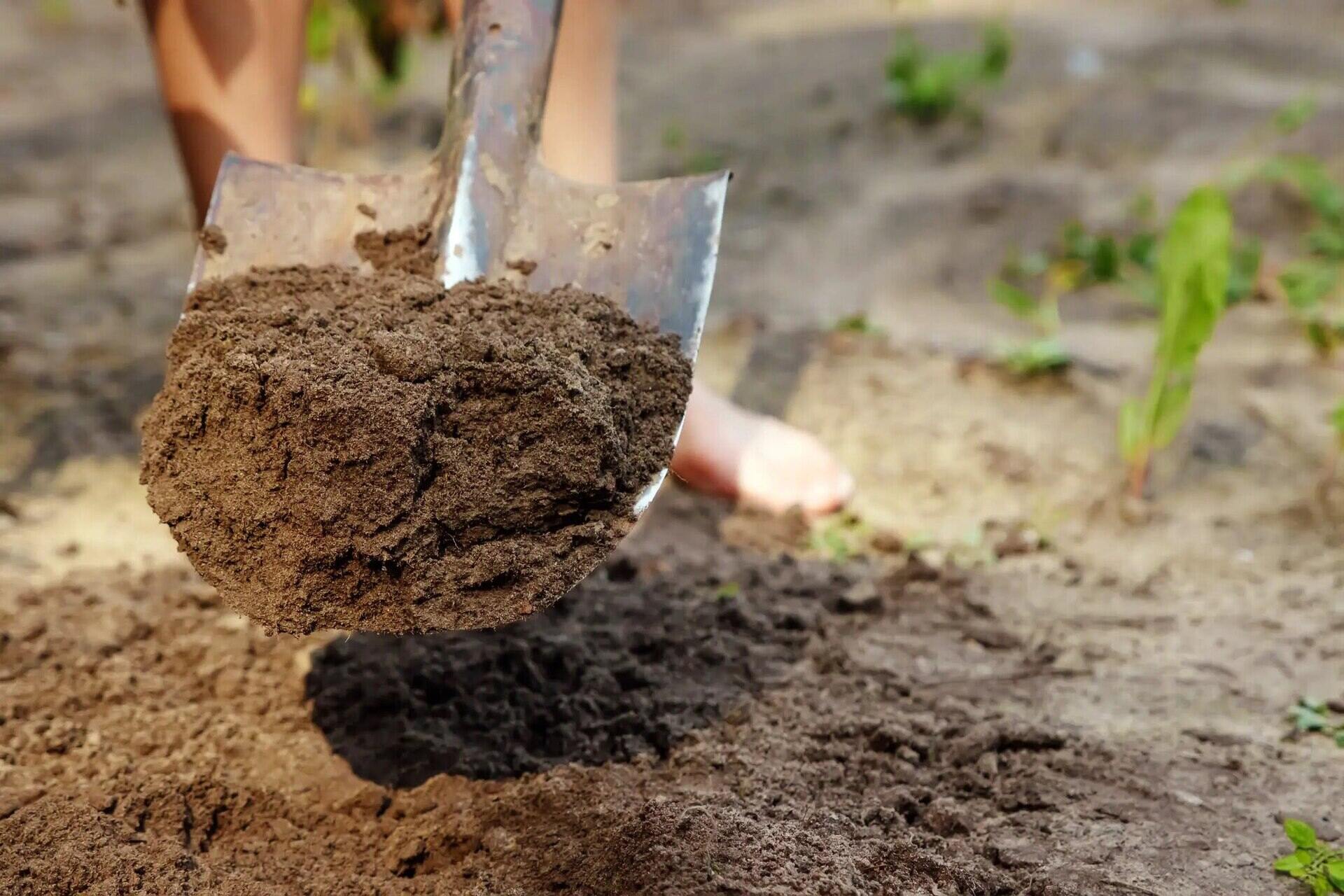
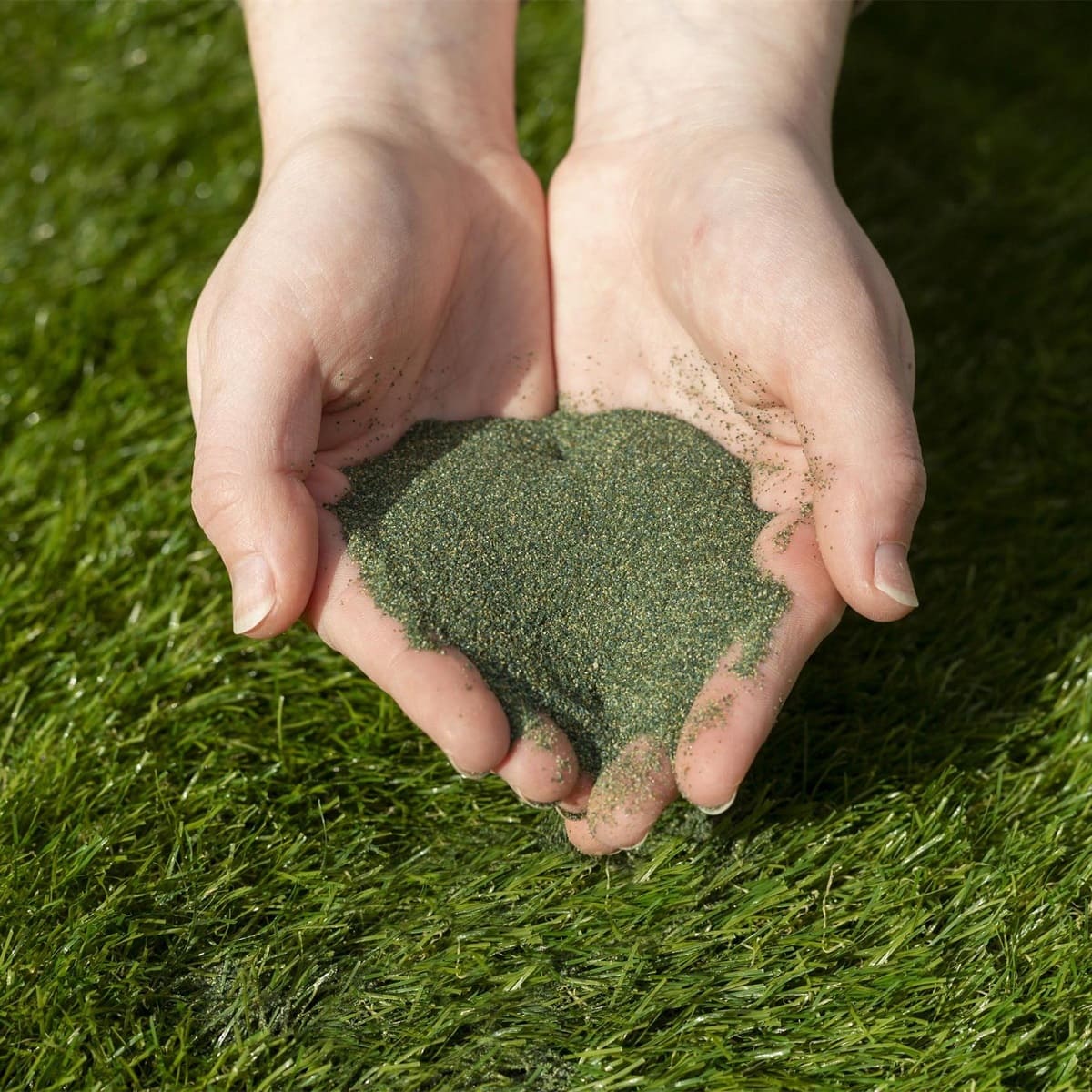
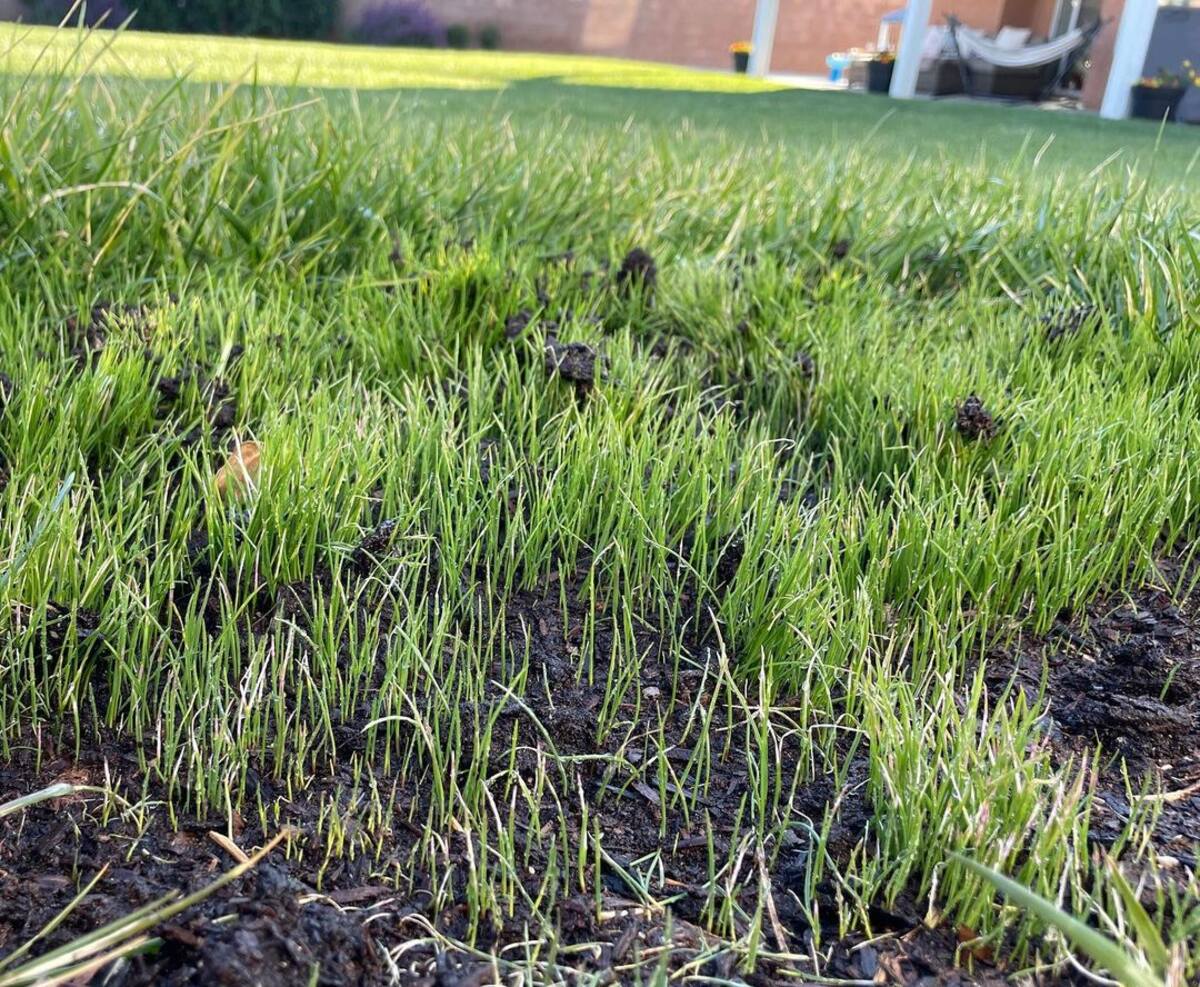

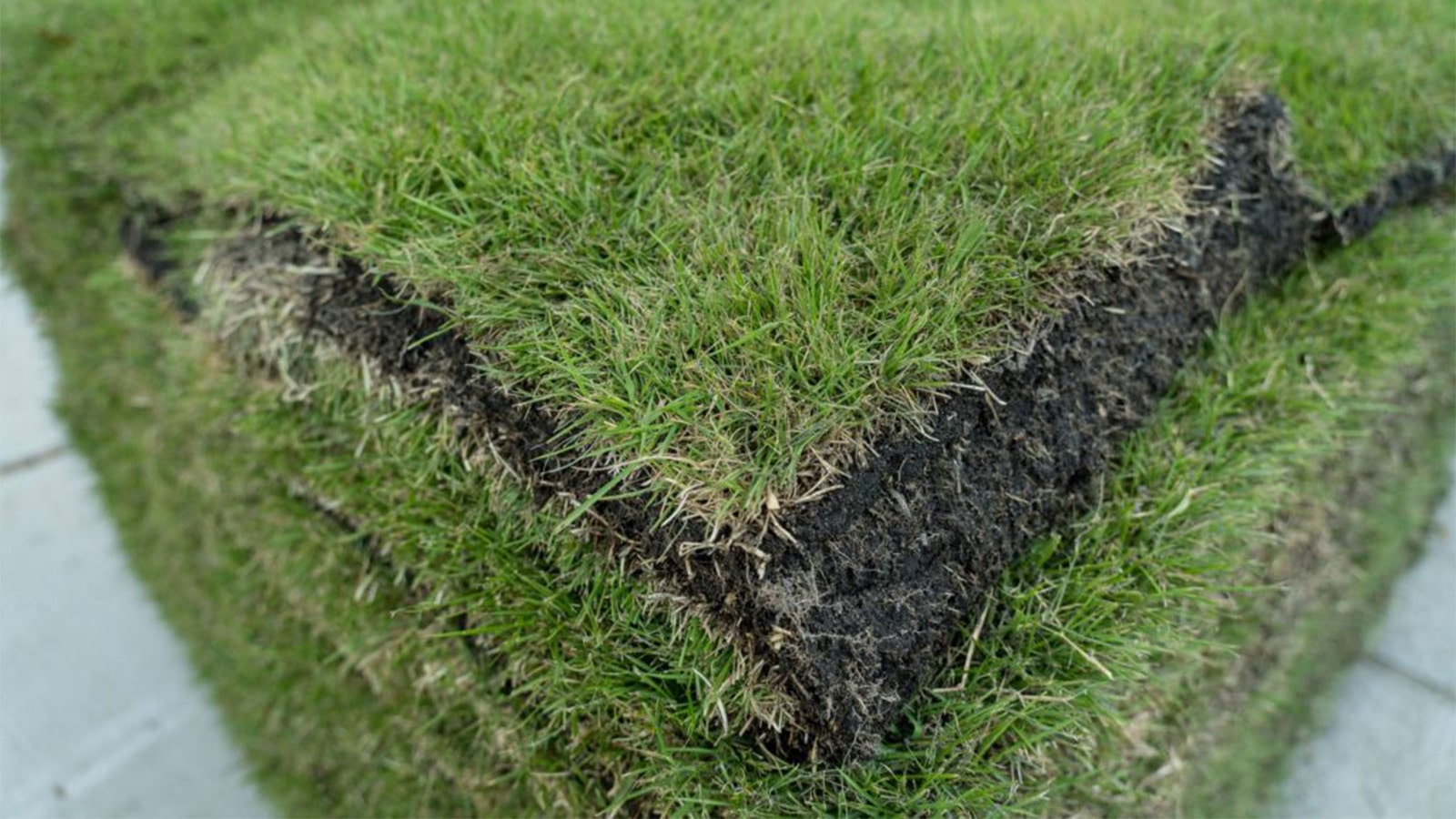


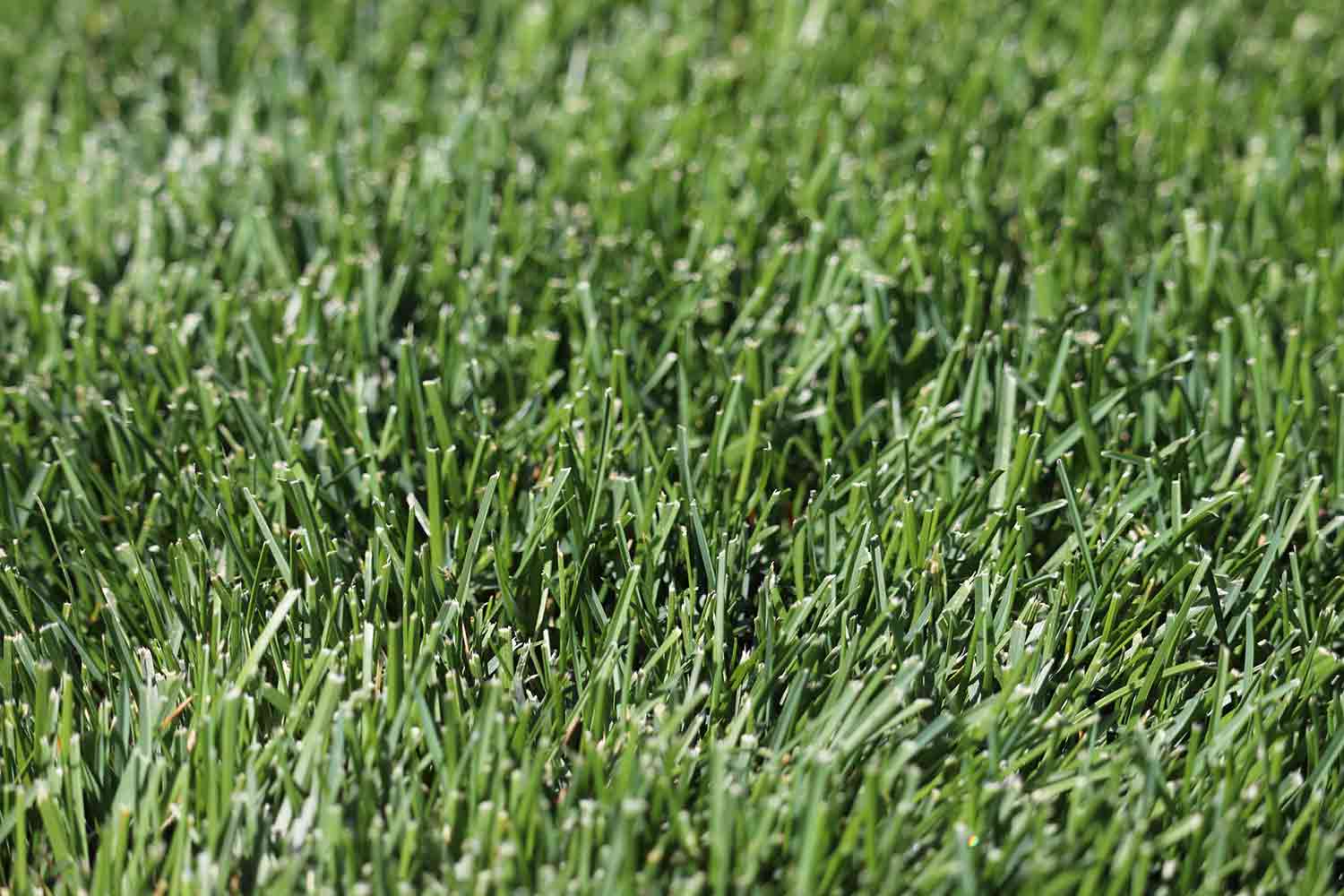
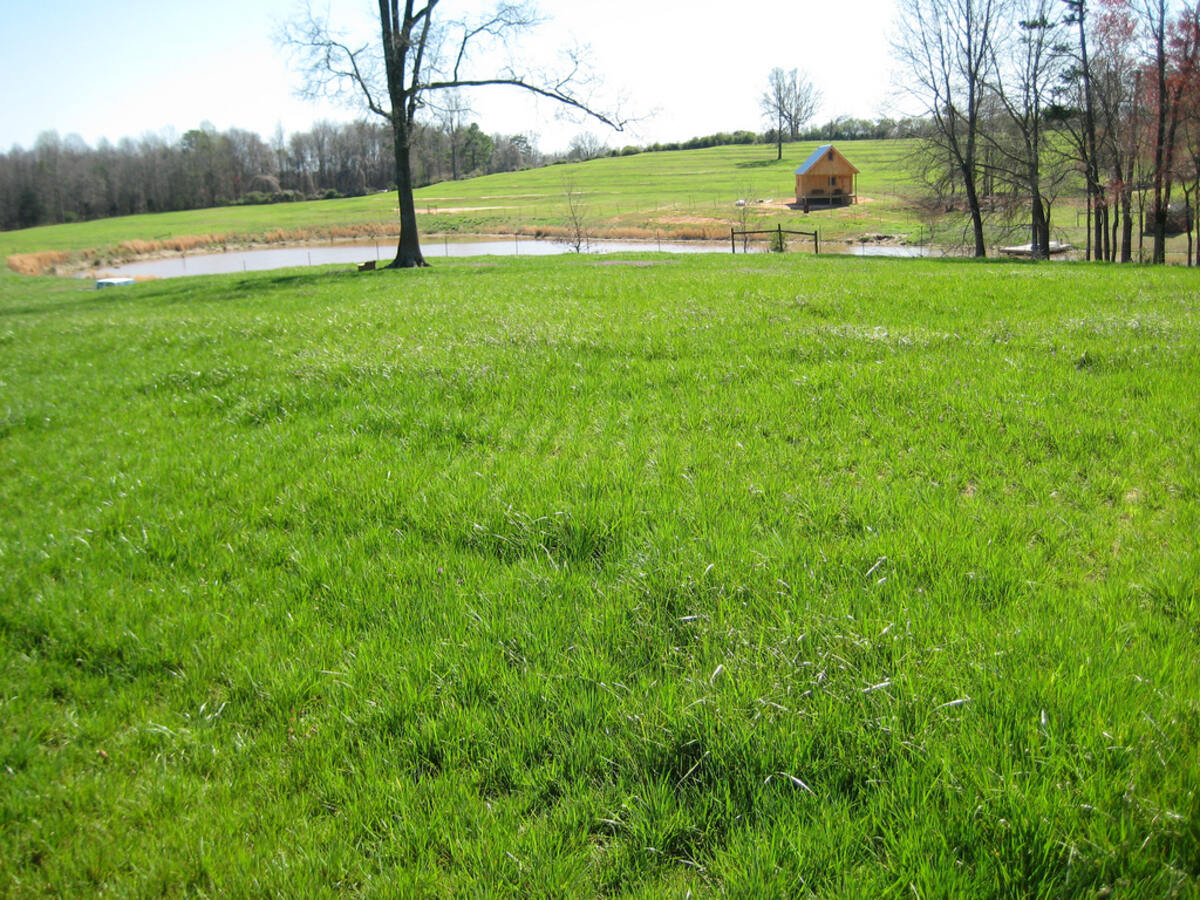
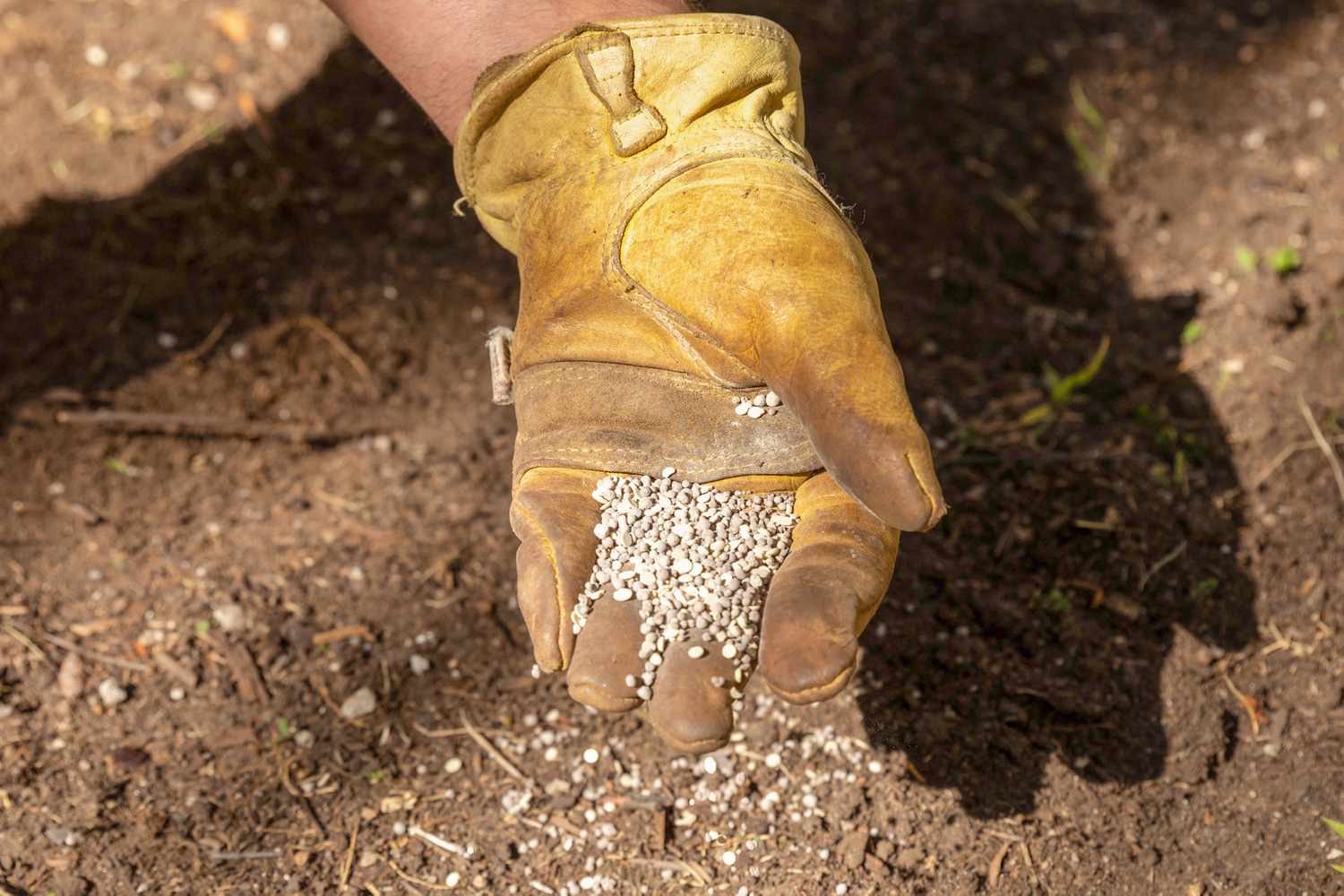



0 thoughts on “What Kind Of Sand To Put On Grass”